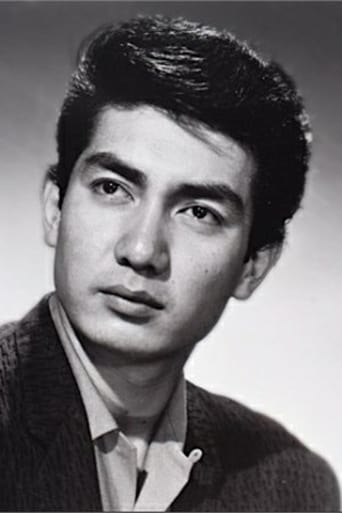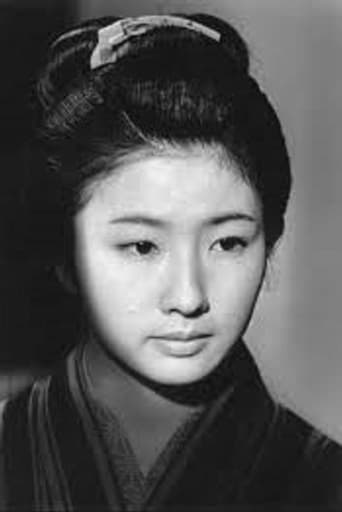Diagonaldi
Very well executed
Raetsonwe
Redundant and unnecessary.
PlatinumRead
Just so...so bad
Verity Robins
Great movie. Not sure what people expected but I found it highly entertaining.
OllieSuave-007
Daiei Studios' Return of Daimajin is the first sequel to the movie featuring the giant stone god. In this plot, villagers defy an evil warlord's order to turn over one of their protectors, Lord Juro (Kôjirô Hongô), and end up seeing their people being brutally attacked by the warlord and his soldiers. As a result, the villagers pray upon Daimajin, the great stone god, to fight for them.The plot, I thought, was not as suspenseful and solid as the original movie, as it has more of a general "turn over your hero to us or we'll screw your village over" story line. But, there is plenty of sword-wielding and good guy vs. bad guy action to keep the film engaging, and the nastiness of the villains will make you want to root for the god to awaken and teach them a lesson they'll never forget - showing them that they shouldn't mess with the faithful.The acting was pretty good, cinematography was brilliant and special effects were neat. Also, you really can't go wrong having the great Akira Ifukube score the music soundtrack to this film, though, much of the music is reused or reworked from the scores of past Toho films.Overall, it's a rather entertaining feature that fans of Japanese sci-fi/fantasy films could enjoy.Grade B-
kevin olzak
"Return of Giant Majin" (pronounced 'Mah-jeen') was a sequel to "Majin, the Monster of Terror," both TV staples from decades past, followed by a third that wouldn't see release in the US for nearly 40 years (all three completed in 1966). The plots are very similar, and the God Majin doesn't walk until an hour into each feature, but the spectacle of his presence beats Godzilla all to hell. This Japanese version of The Golem, who aided the Jews against their oppressors, was a creation of Daiei Studios, but produced far fewer films than their best known monster, Gamera. Despite his rubbery appearance, Majin truly lives up to his majesty, and the villains are so evil and despicable that one cannot help but cheer their defeat. Pittsburgh's Chiller Theater aired each film only once: "Majin, the Monster of Terror" on Aug 16 1969 (followed by 1957's "The Disembodied"), "Return of Giant Majin" on May 11 1974 (following 1965's "The Navy vs. the Night Monsters").
ebiros2
This is the second installment of the Daimajin trilogy although the three stories are not connected.Daimajin is a talismanic 50 ft stone statue embodied with the spirit of local god. It normally sits idle with a peaceful face, but when the people are oppressed, it wakes up and changes to fierce expression to protect the innocent.The settings is in samurai era Japan. Country of Chigusa is invaded by the neighboring warlord of Mikoshiba. What the warlord of Mikoshiba doesn't know is that Chigusa is protected by Daimajin. He wreaks havoc on the people of Chigusa until - you guessed it - he pisses off the Daimajin !Even seen as samurai movie, this movie has one of the best cinematography showing Daiei's experience in making samurai movies. Special effects are one of the best for '60s Japanese movie as well. Kojiro Hongo who was the star of '60s and '90s Gamera series also stars in this movie. Supporting casts are good too, and they deliver superb performance.The movie is an interesting mixture of samurai and giant monster movie, but it works.The recent TV mini-series "Daimajin Kanon" is a direct homage to this series and features the Daimajin in modern settings.
Scott-42
Better in the first in that there is a fun adventure story included and the writers aren't afraid to make a few sacrifices along the way to give the story some extra weight. The Majin's vengeance is better thought out than it was in the first film, and He is much more of a hero to the villagers this time out.







